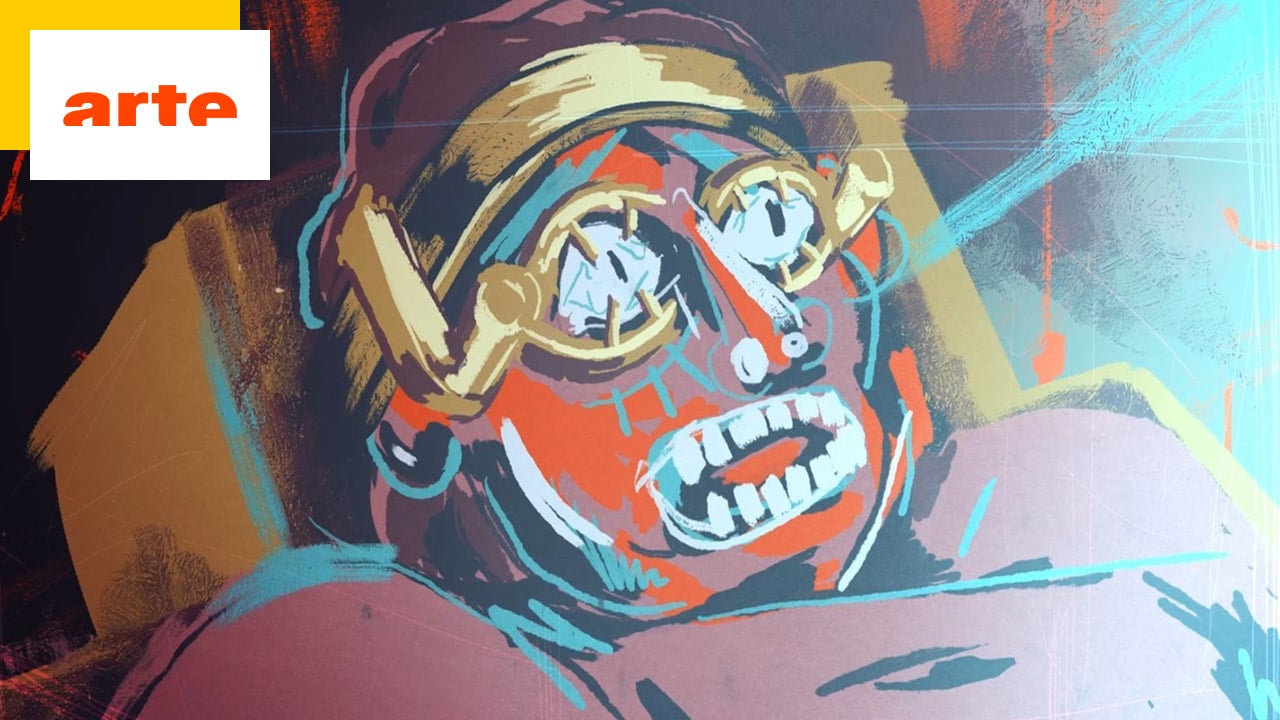Composed in a fictional language, “nasdat”, a slang English hybrid of Russian words, Clockwork orangeWritten by Anthony Burgess, it caused a double shock wave. The first time it was published was in 1962. Then in 1971, when it was adapted for film by Stanley Kubrick.
A British writer accused of promoting violence, echoing the criminal acts that claimed responsibility for his work, deeply wounded, later explained in an autobiographical manuscript written in 1972-1973, Clock working condition (“The Mechanical State”), his concerns about the world to come.
It presents the humanist vision that inspired this dystopian world, where the nihilistic violence of hopeless youth is unleashed against a force determined to control beings through conditioning, using omnipotent technology.
Never published, this manuscript was discovered only after his death in 1993. It is on this fascinating story that an excellent documentary will be broadcast on Arte this November 15 at 10:20 p.m.: Clockwork Orange, Rods of Violence.
An analysis that is very relevant to its time
While Burgess agreed to sell the rights to the novel to Stanley Kubrick and Warner in 1966, the film would not be released until 1971. Censored in several countries (some bans were lifted only in 2000, as in Italy), the film. It ran in the UK for two years before being pulled from cinemas at Kubrick’s direct request (and not released there until his death).
If Kubrick created a very personal version of the main character, Alex, when he is a 15-year-old in the novel, both the director and the writer were able to capture the violence with a terrible and already very avant-garde sharpness. What worries our society.
Anthony Burgess
“One of the most perplexing social problems of our time is, ‘How do you maintain authority without repression?'” There is a growing feeling among young people that political and legal means of changing society are too slow and useless. on the other hand. The government feels threatened by the growing sentiment of terrorism and anarchism. Kubrick then explained.
add: The question is, “How do we find balance, if possible?” The answer does not lie in a very utopian optimistic vision of destroying authority in order to extract good from it. Nor does it mean that power must be imposed by force. This is the dilemma. “
Burgess agrees to help promote the film, but is hurt by the relentless attacks on his work – now on screen. “Since the release of the film, it has been associated with violence. If nuns were raped, journalists would call me to ask what I thought about it and if I didn’t feel responsible. I was labeled as an expert on violence, which I am not.” The author made the comment in a television interview, an excerpt of which will be broadcast in a documentary film.
“We become indifferent when the media bombards us day after day with reports and images of a violent reality” explained Burgess, who in his novel also describes Alex’s famous Ludovico treatment, a coercive technique used by governments to ‘cure’ all kinds of anti-social habits: alcoholism, drug addiction or even… ‘homosexuality. . These are famous and infamous Conversion therapy.
Free will is threatened
in the endThe issue of free will is central to Burgess and his work. “The idea that our abilities can be limited by an outside force scares me” he wrote Clock working condition. “I fear that the state is ready to take our brains and turn us into good little citizens deprived of our will.” In other words, a clock orange. More than 50 years later, this question remains more acute than ever in the age of mass surveillance.
“A Clockwork Orange, Axes of Violence” airing this Wednesday, November 15, on Arte at 10:20 p.m. Also available on arte.tv until May 12, 2024.
Source: Allocine
Rose James is a Gossipify movie and series reviewer known for her in-depth analysis and unique perspective on the latest releases. With a background in film studies, she provides engaging and informative reviews, and keeps readers up to date with industry trends and emerging talents.



![Everything for the Light: Marina will reveal her difficult secrets .. which is waiting for you on Sunday from 2525 to August 29, 29 on TF1 [SPOILERS] Everything for the Light: Marina will reveal her difficult secrets .. which is waiting for you on Sunday from 2525 to August 29, 29 on TF1 [SPOILERS]](https://fr.web.img6.acsta.net/img/df/2a/df2a3d4927dfe0dfd4b9516f81a86a5c.png)


